The Queensland Eye Institute Foundation has marked the latest milestone in its long history of saving sight, with Her Excellency the Honourable Doctor Jeannette Young AC PSM, Governor of Queensland, officially opening its new home at 87 Ipswich Road Woolloongabba on 20th August 2024.
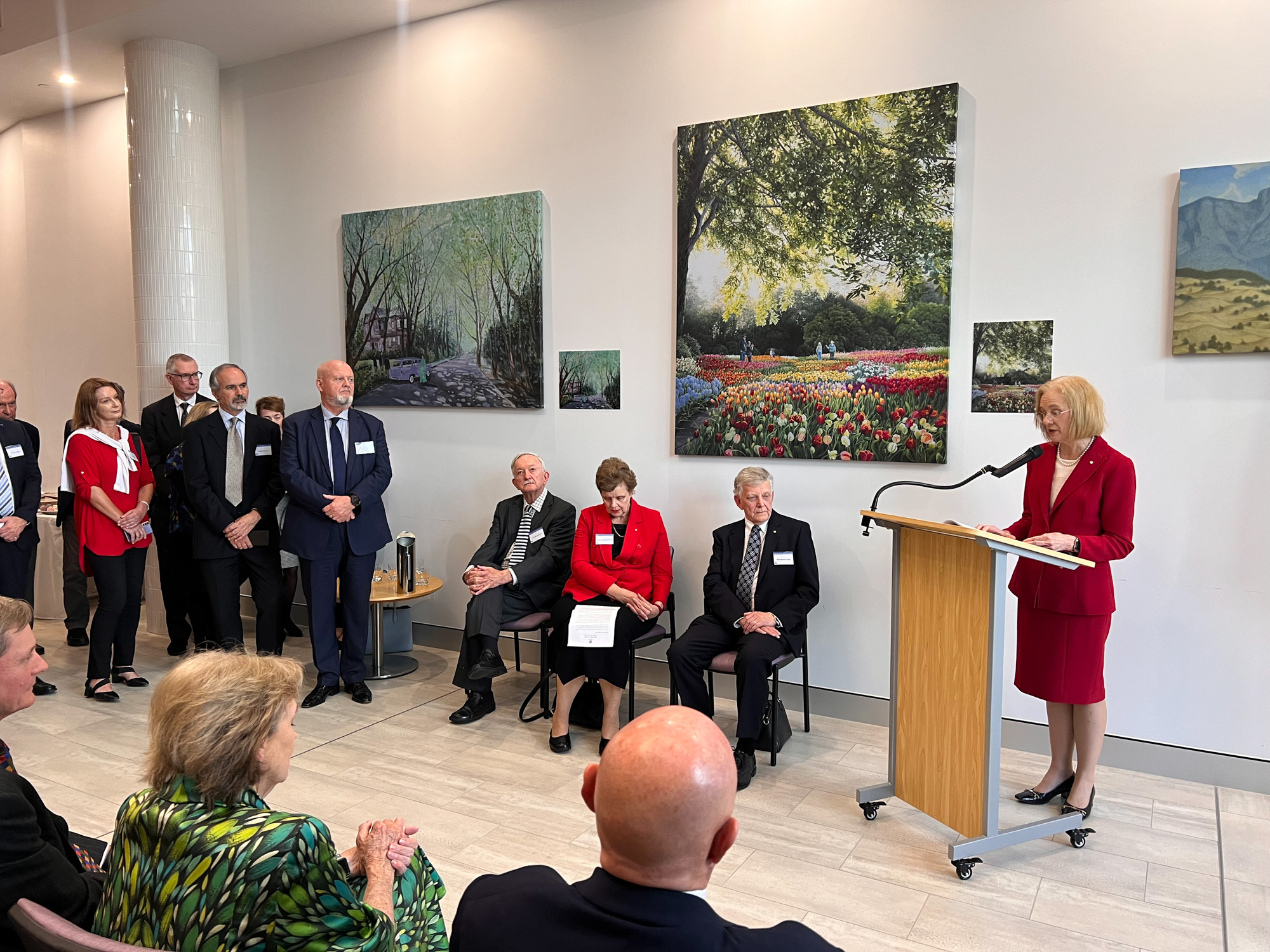
Following formalities, past and present staff members mingled with supporters in the foyer, before touring the research laboratories and expansive new clinical areas. Special guests included Justice Debra Mullins, President of the Queensland Court of Appeal and Chair of the Sylvia & Charles Viertel Charitable Foundation, past CEO Professor Lawrie Hirst and His Excellency Mr. Radu Safta, Romanian Ambassador to Australia.
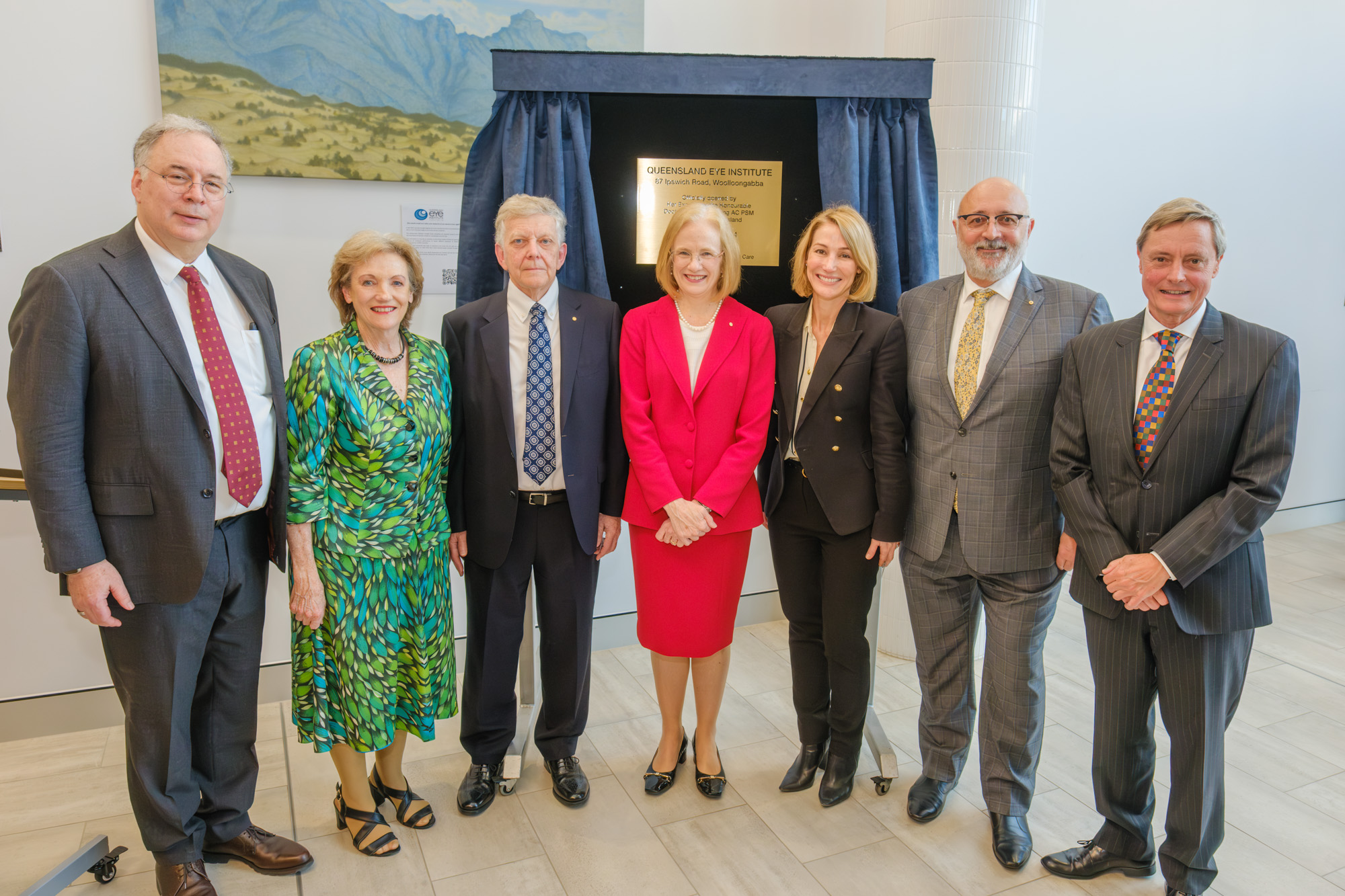
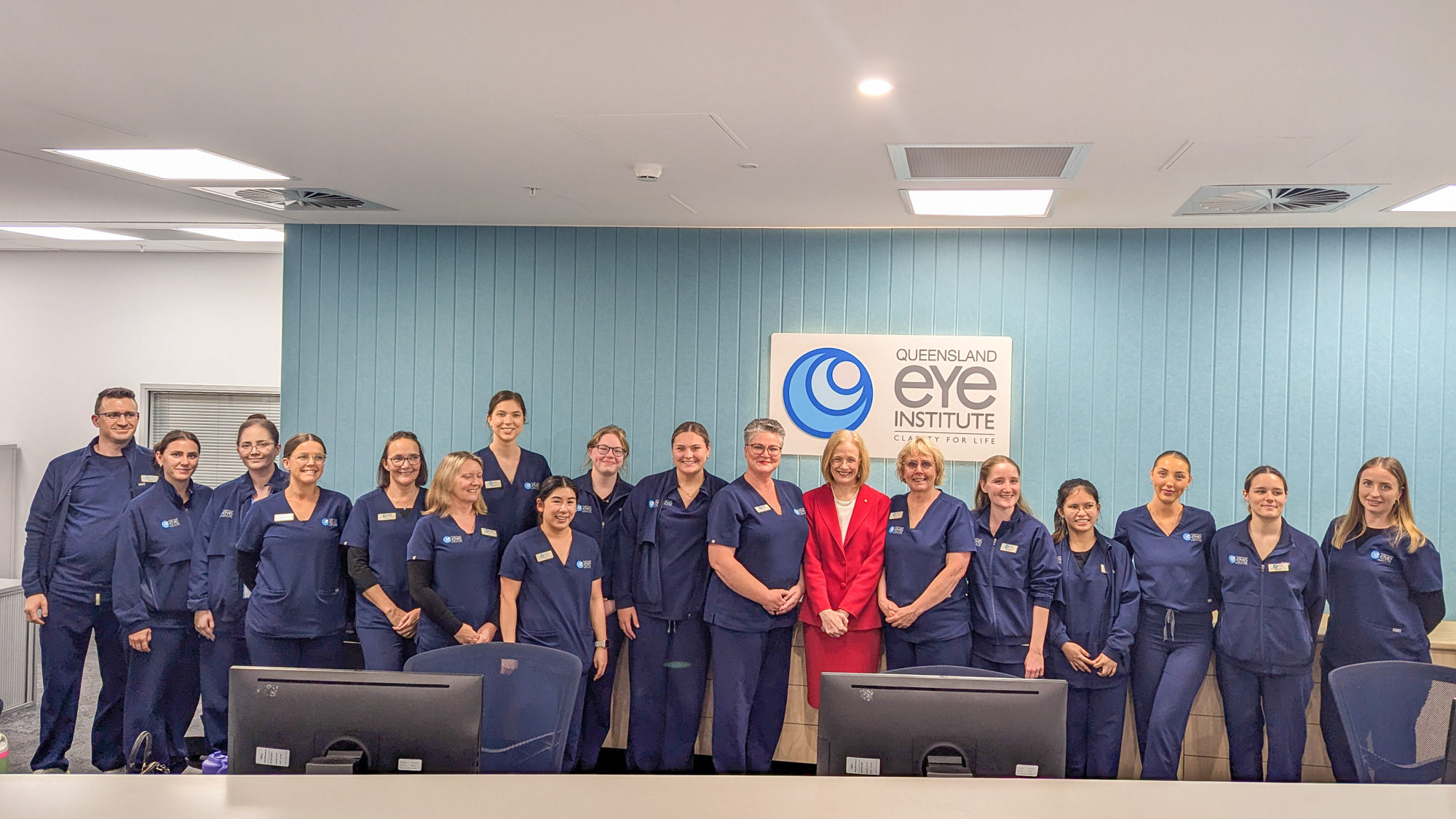
A long history of funding vision research
The Queensland Eye Institute Foundation has come a long way since 1965, when Dr John Ohlrich and supporters harnessed the fundraising powers of The Lions Clubs to raise money for vision research.
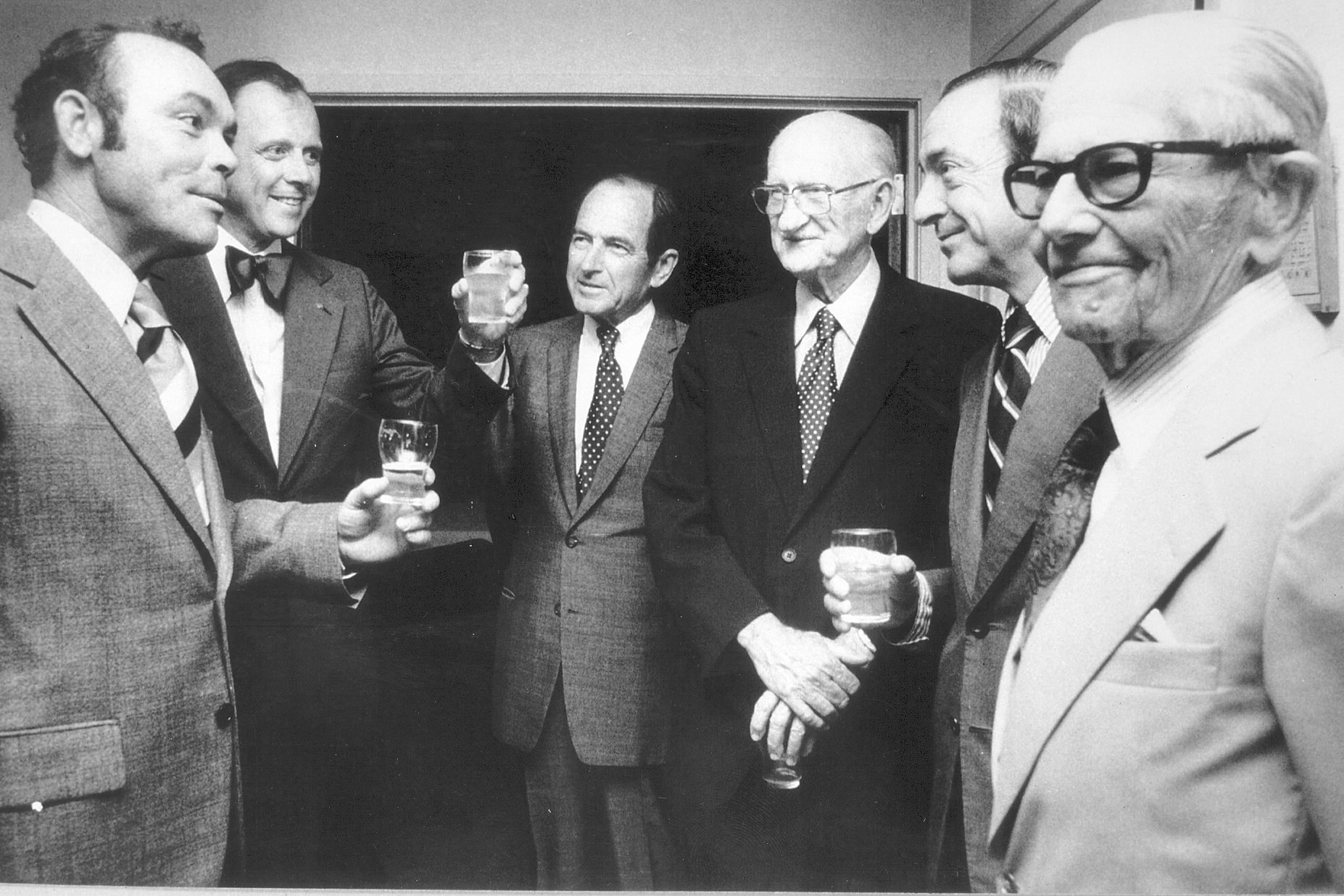
At that time there was only a handful of ophthalmologists in Queensland and eye health education was limited. John believed research, teaching and improving the delivery of eyecare could save the sight of Queenslanders, whose vision was threatened by preventable and treatable eye disease.
His son Stephen recalls one Lions Club meeting, where John announced ‘I will sell 100 dozen Lions’ Christmas cakes. What are the rest of you going to do?’. Stephen, who was a medical student at the time, says he delivered those cakes to Brisbane ophthalmology practices in his rusty Holden Ute.
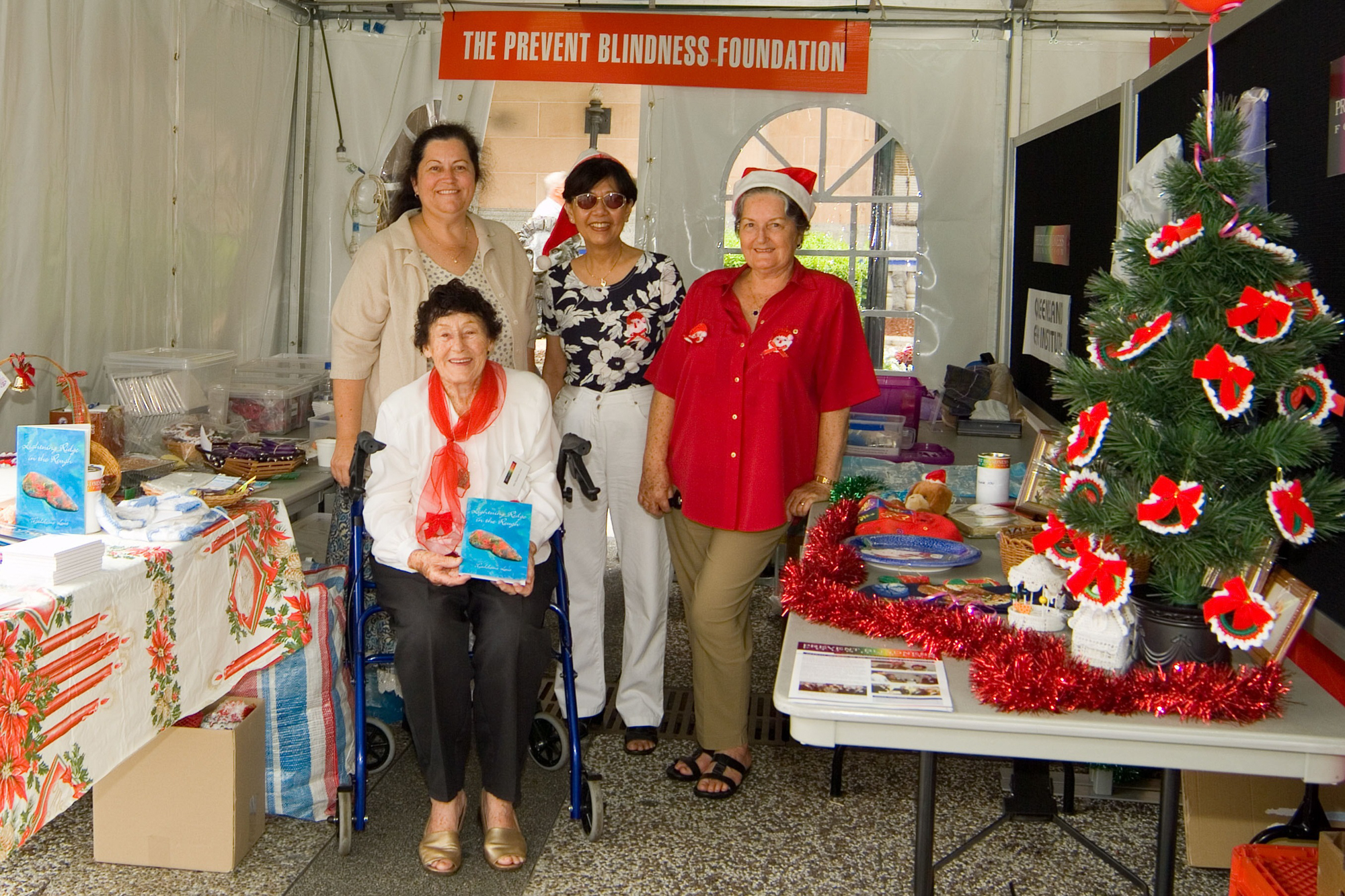
Generous donors allow for expansion
Since then, the Foundation has explored different ways to deliver on its commitment to save sight. In 1986, supported by a generous donation from local businessman, Charles Viertel, it established a Chair of Ophthalmology at the University of Queensland.
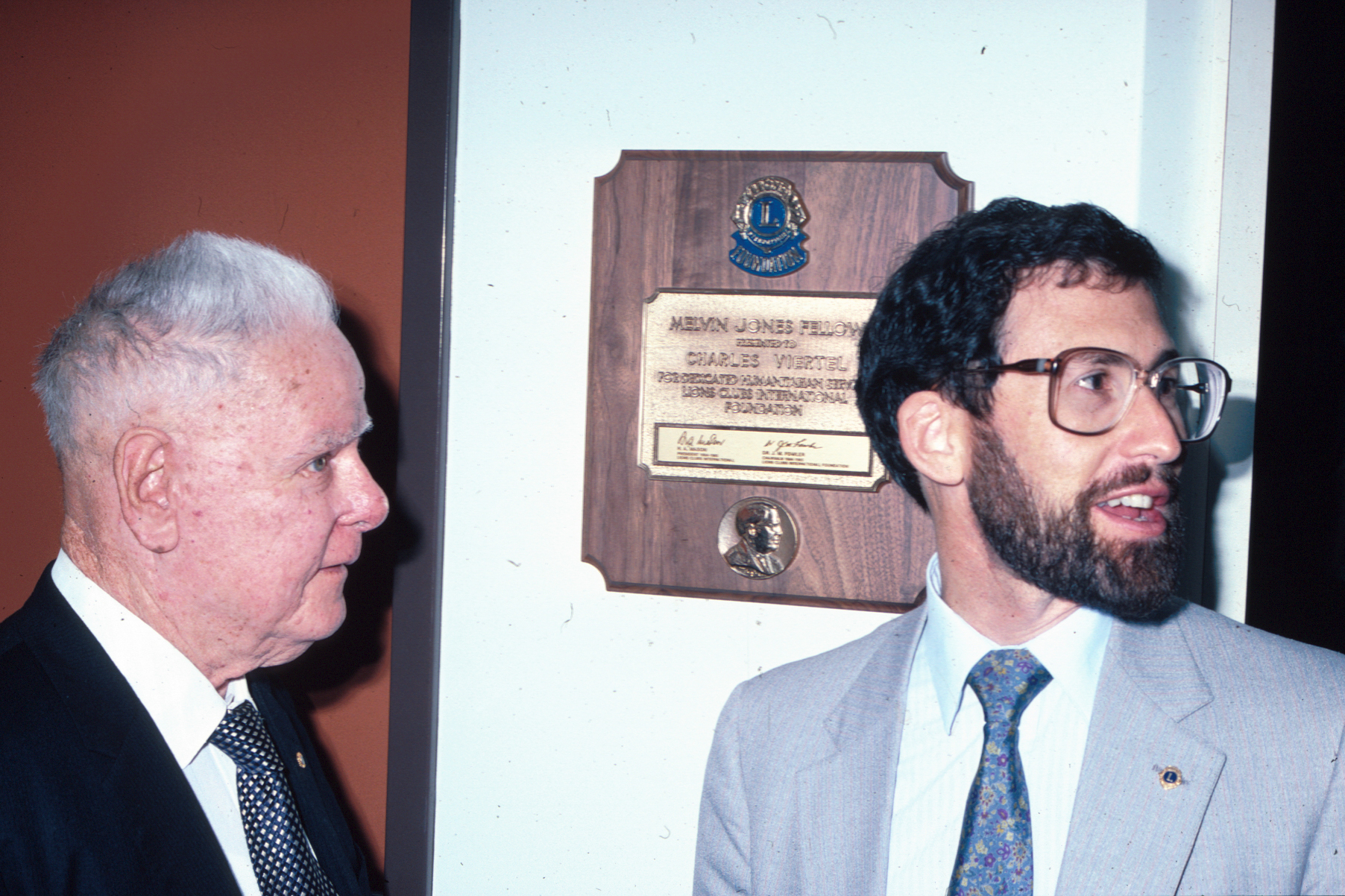
The new Chair, situated at the Princess Alexandra Hospital and filled by Professor Lawrence (Lawrie) Hirst, allowed for concentrated research efforts. Importantly, it also provided opportunities to influence curriculum and mentor students to become the next generation of vision scientists.
Queensland Eye Institute is born
Nearly 20 years later, in 2005, the Foundation took a different approach, opening its own research and education facility in a corner of the Mater Hospital. The new Queensland Eye Institute, with Professor Lawrie Hirst at the helm, included a small private clinic, offering a unique opportunity for ophthalmologists to pursue research interests while delivering cutting-edge clinical care to Queenslanders.
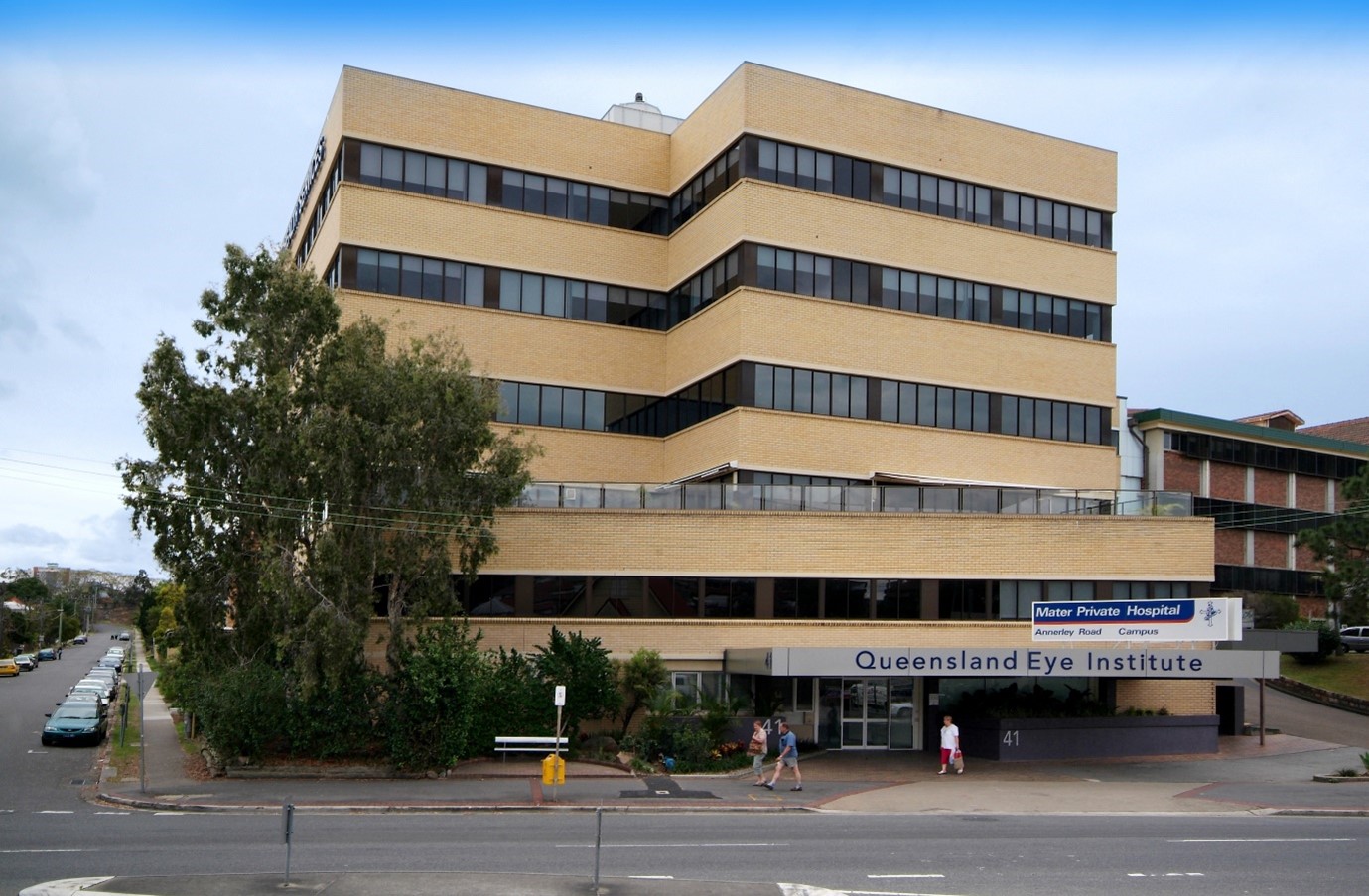
Some of the founding research ophthalmologists continue to anchor the QEI clinic. Dr Anthony Pane was the first to join QEI, and quickly recruited Dr Anthony Kwan, now an associate professor, from the United Kingdom. Over the years they’ve worked with an equally dedicated corporate team, which has provided best-practice governance and administration.
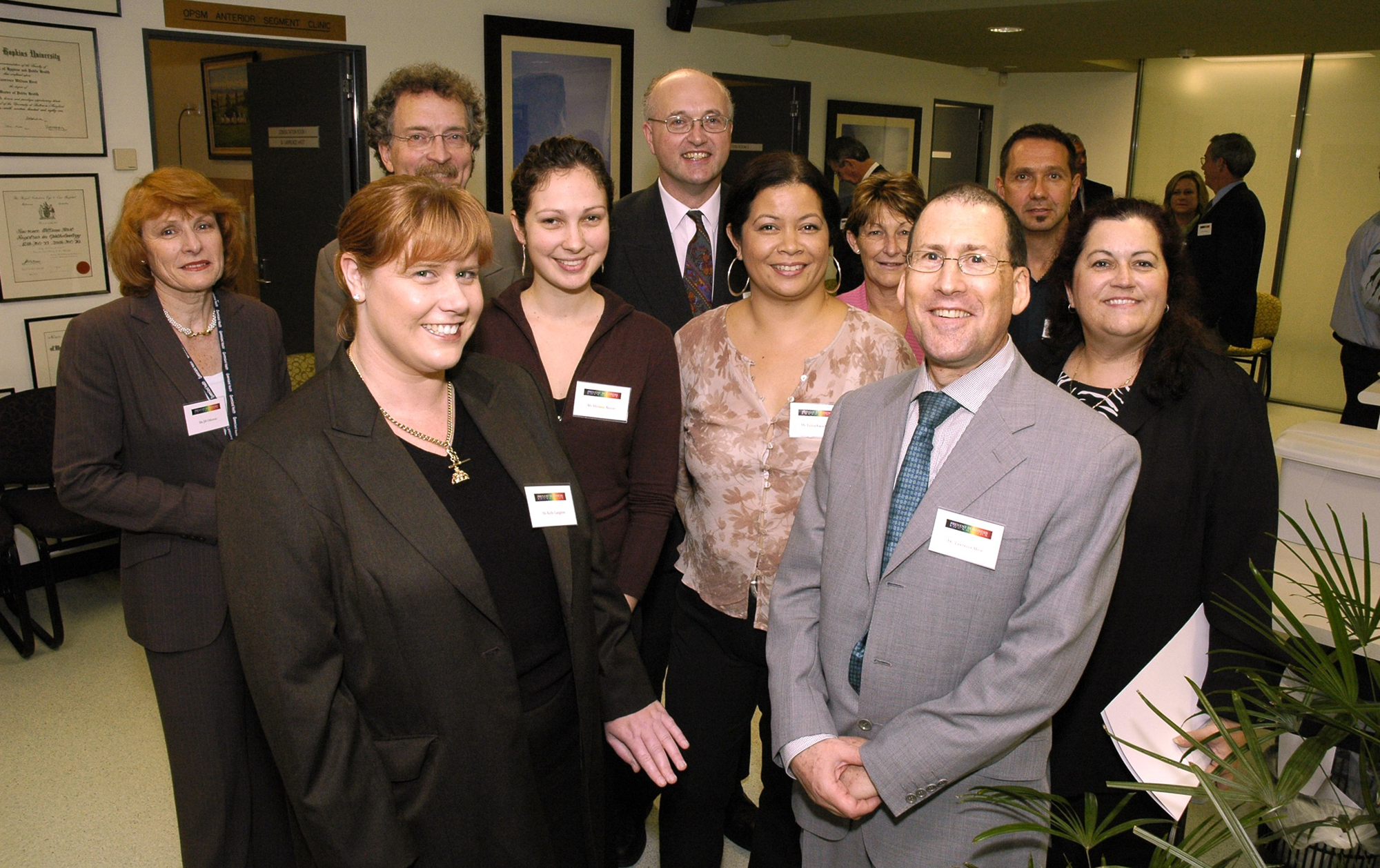
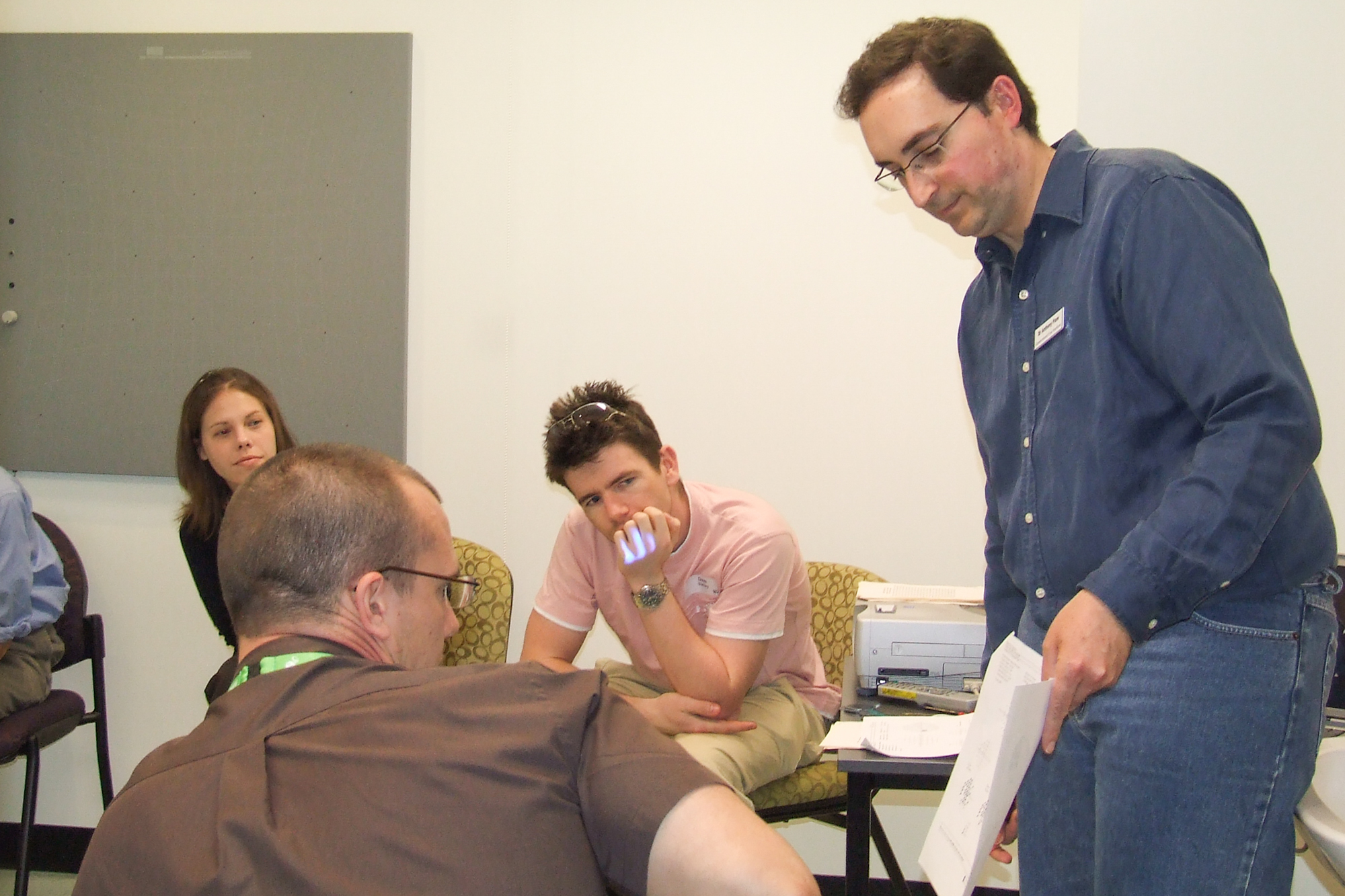
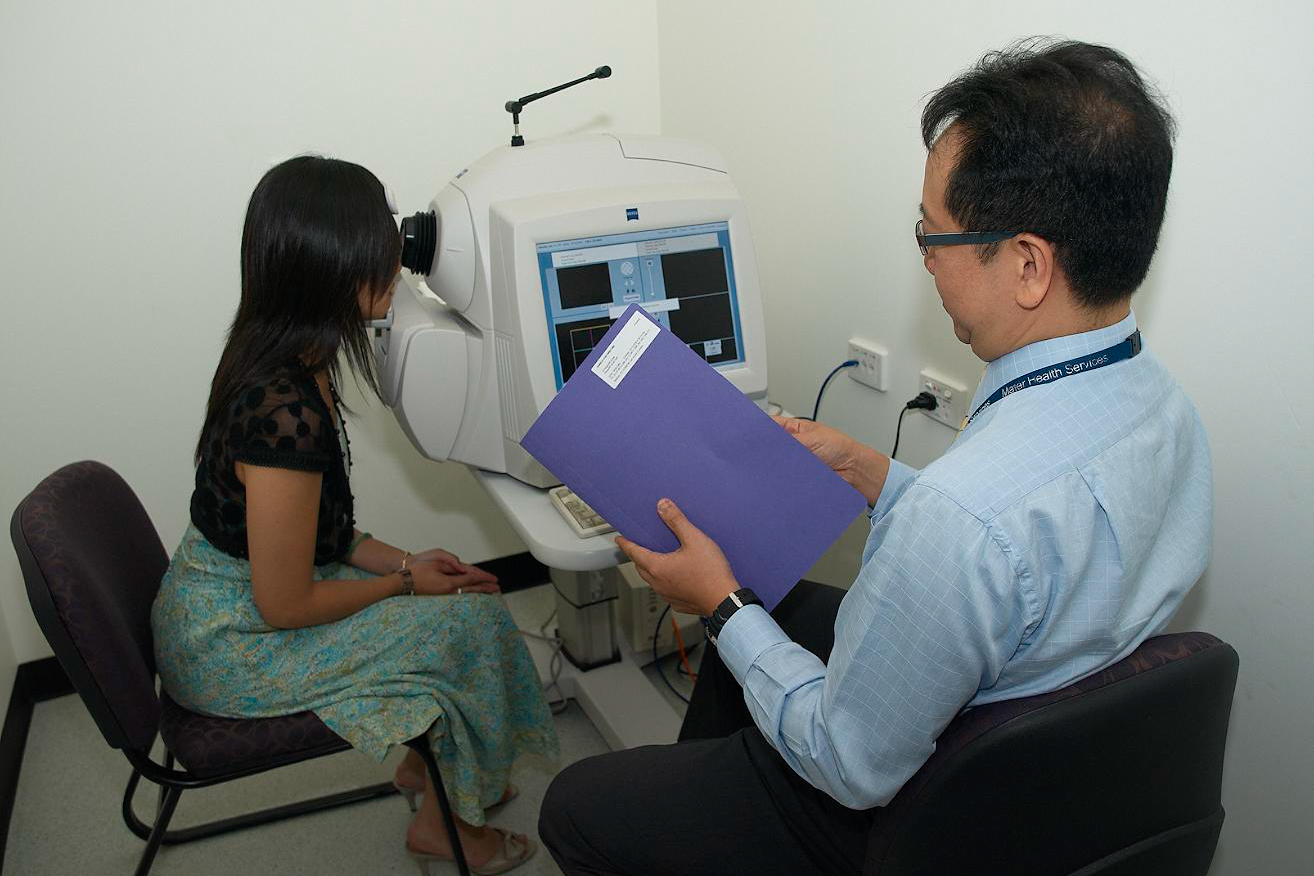
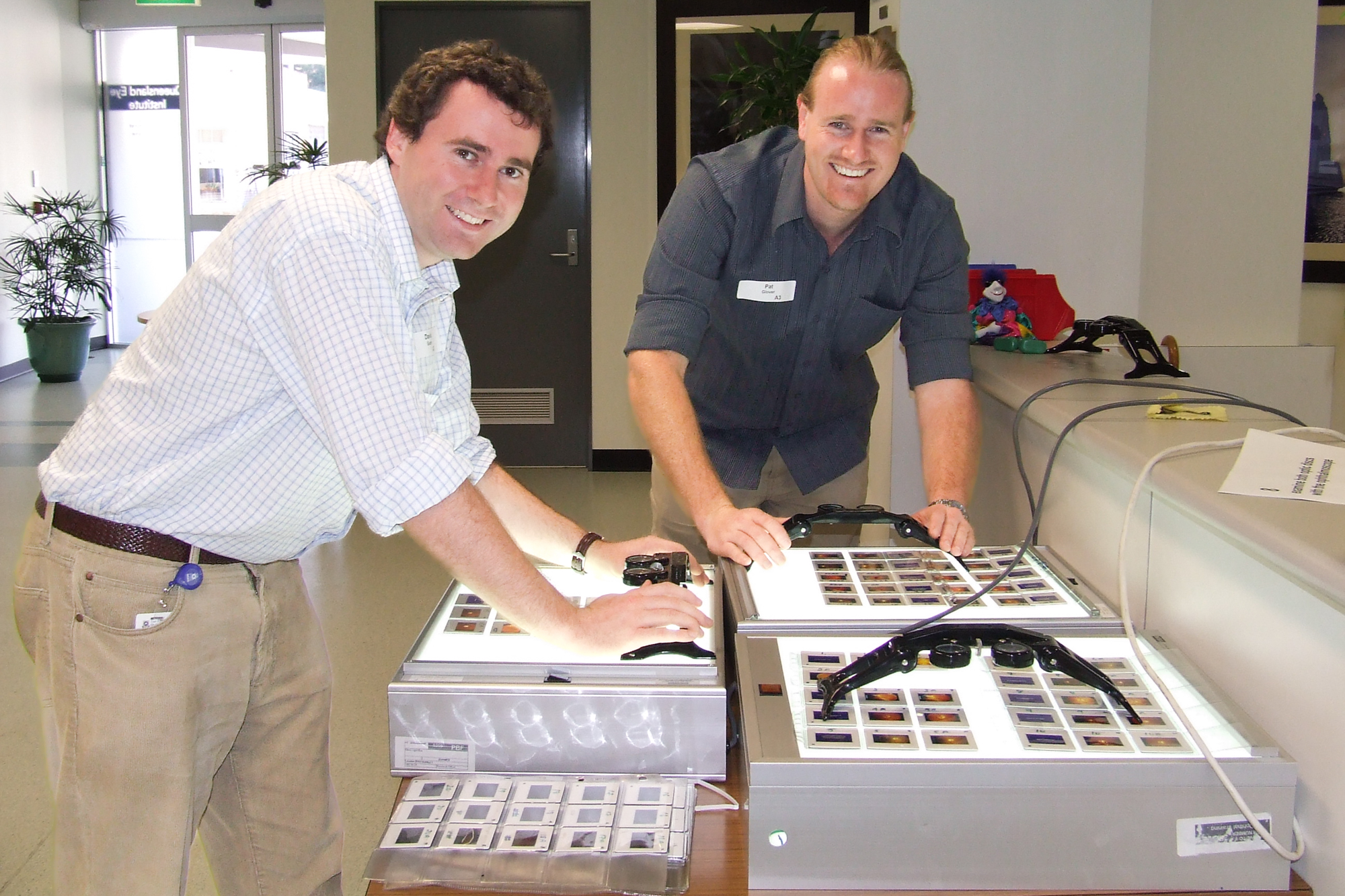
The South Brisbane years
When Professor Mark Radford was appointed as Chief Executive Officer and Executive Director in 2010, he recognised the importance of sustainable funding for QEI’s research and education programs. Professor Radford oversaw QEI’s expansion into new premises at South Brisbane, which included two laboratories and an auditorium.
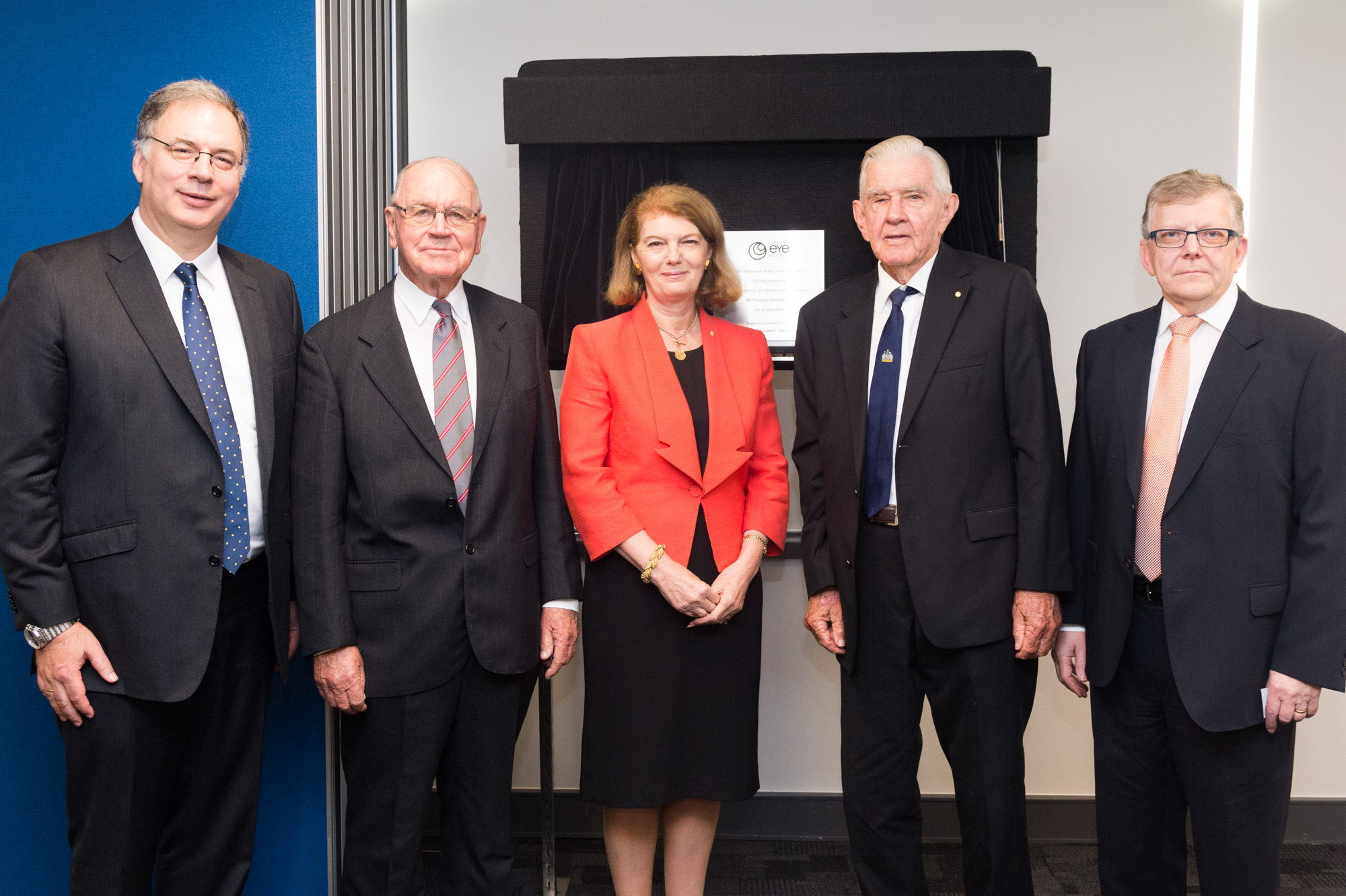
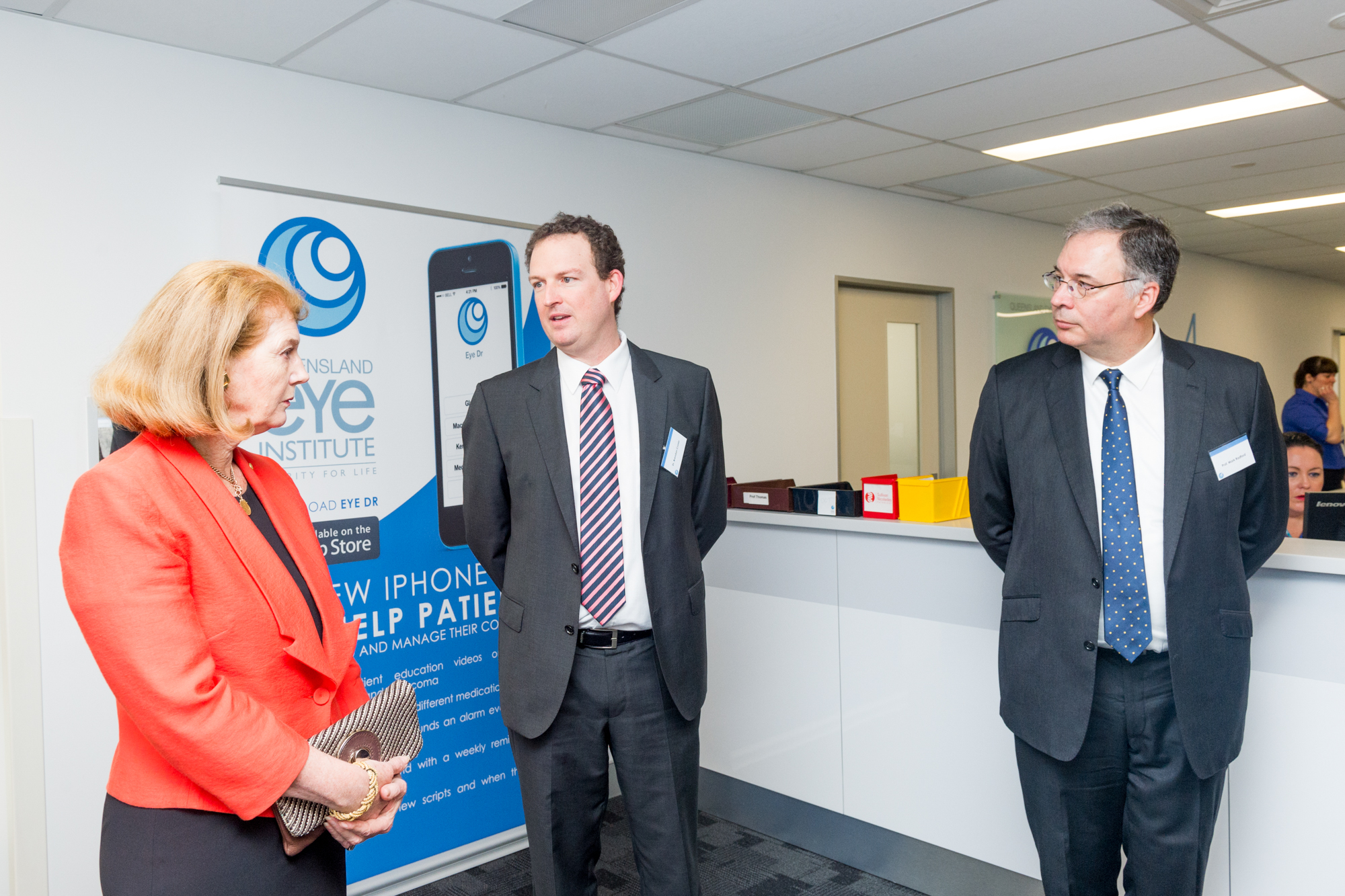
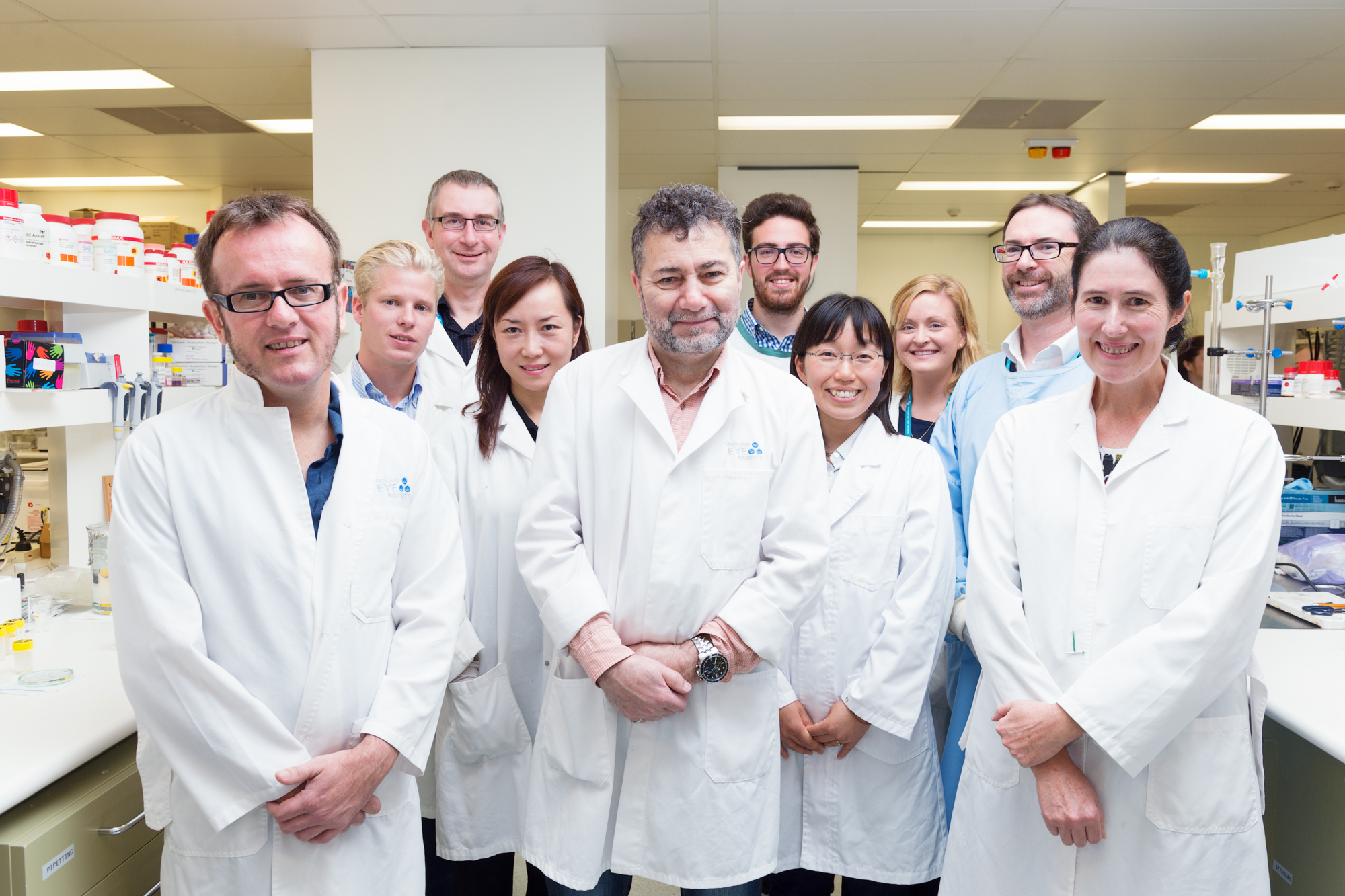
At the same time, with the support of the Sylvia and Charles Viertel Foundation, the renamed Queensland Eye Institute Foundation built a dedicated day hospital. The profit-for-purpose facility, co-located with QEI, serviced its growing clinical faculty and raised funds to support QEI’s research program.
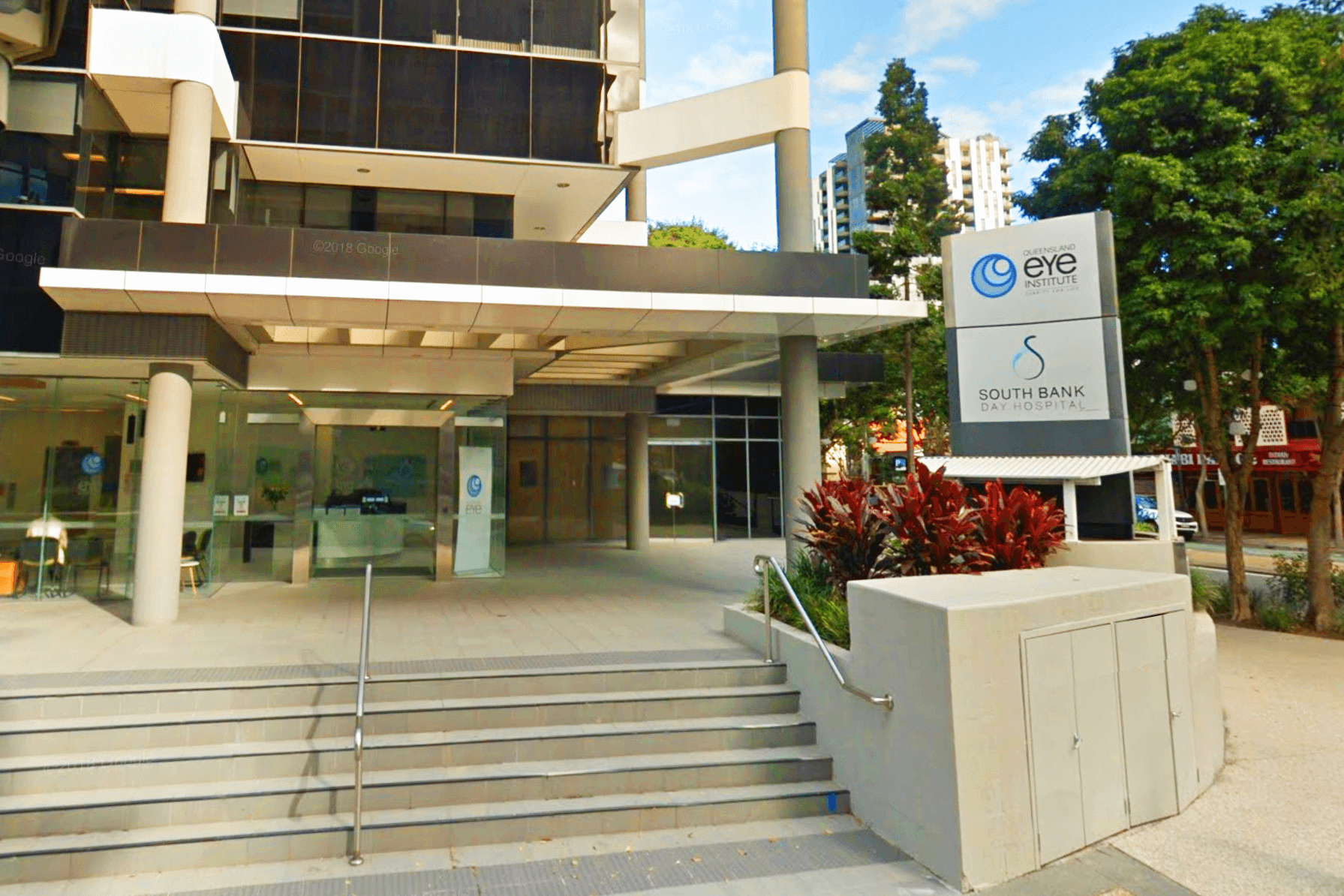
A bright future at Woolloongabba
The next chapter in QEI’s evolution has commenced with this latest move to 87 Ipswich Road Woolloongabba. The new building provides more space for its expanding clinical services and more efficient facilities for research and administration teams. The new building also supports QEI’s contemporary education program, research projects and collaborations with fewer overheads and less waste.
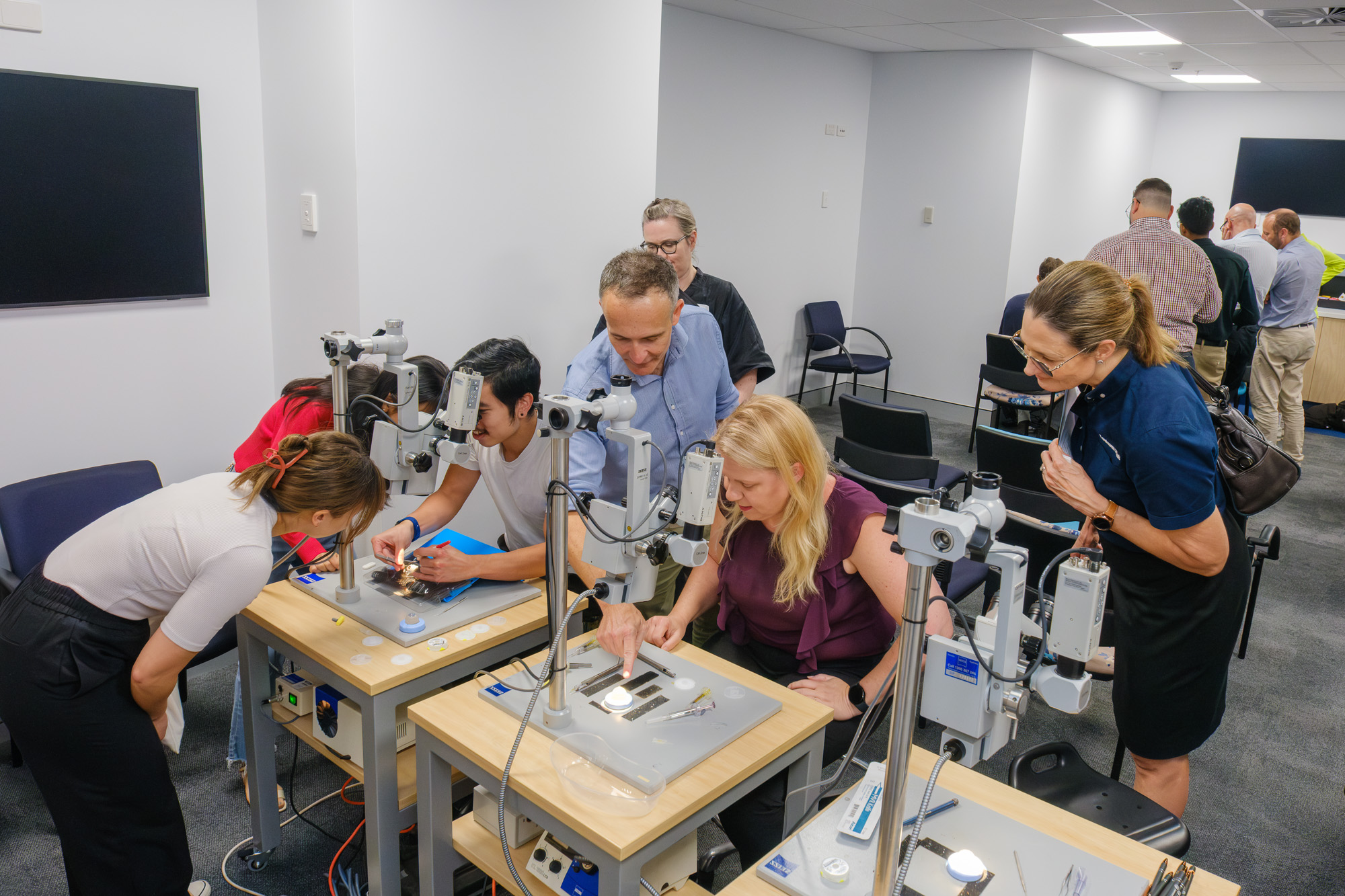
There are now 10 sub-specialist ophthalmologists practising at QEI, covering everything from eyelid, cornea, retina, glaucoma and neuro ophthalmology. The depth and breadth of clinical practice ensure patient needs can be met by more than one clinician and give the doctors more opportunity to pursue research.
The building’s intelligent and energy-efficient design will save on running costs, ensuring more of the Foundation’s resources can be channelled into its research, just as its founders had envisaged.
